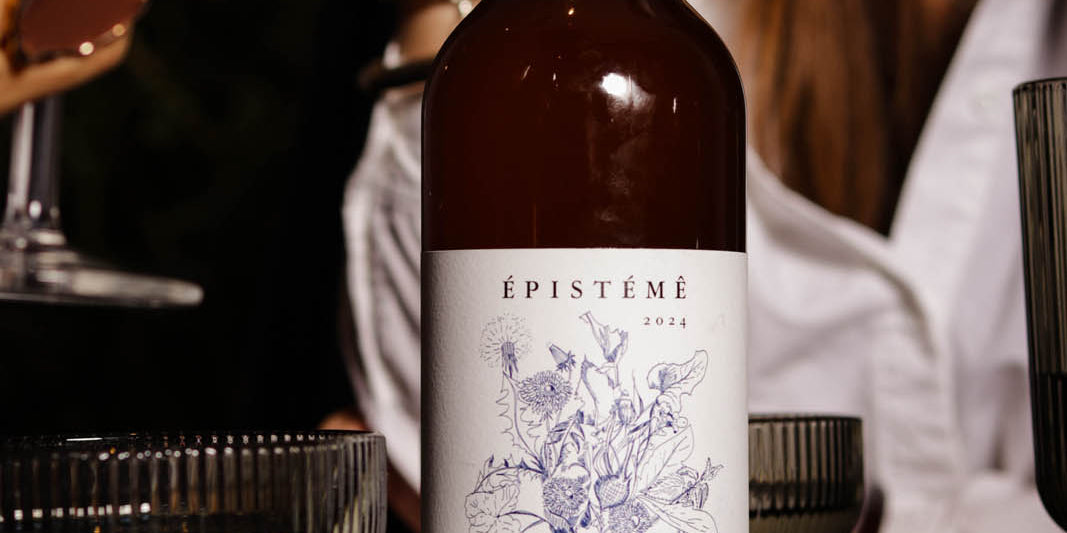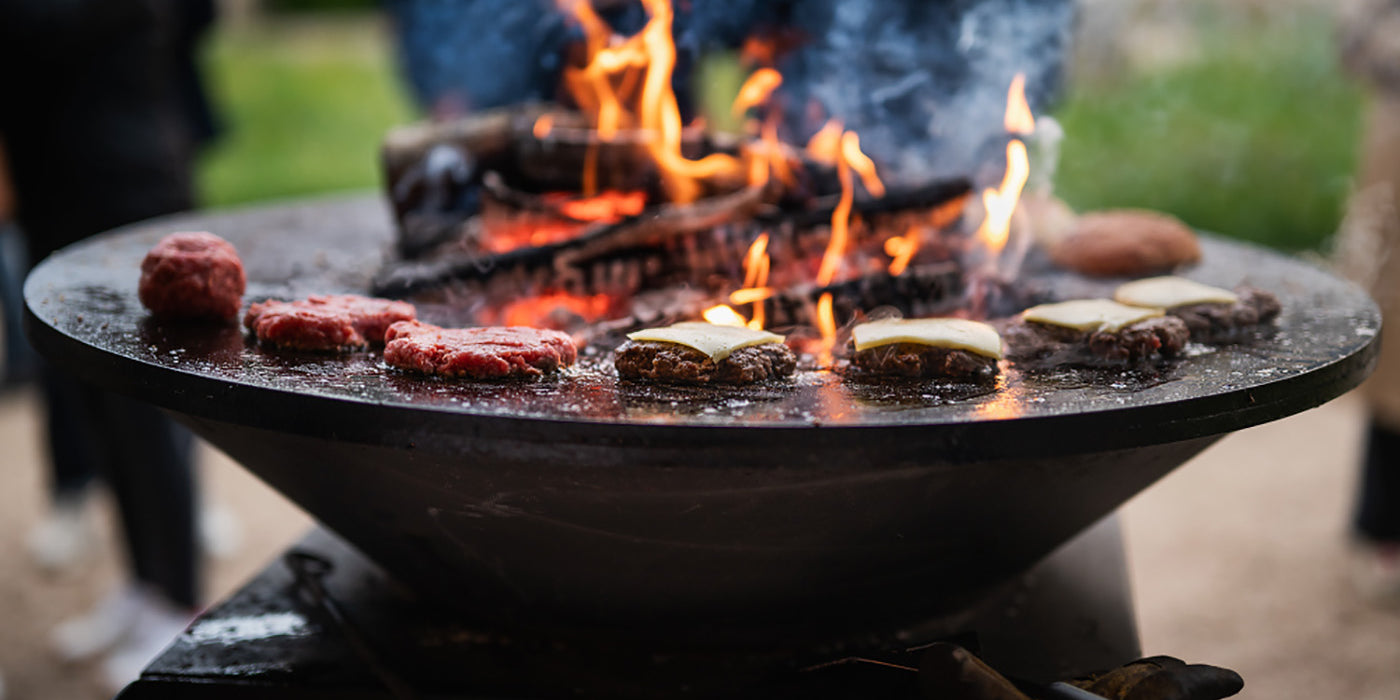For ten years, the prices of Burgundy wines have been soaring. In a very short time, Burgundy wines have become overpriced. 40 years ago, the winegrowers had wine to sell, stocks in the cellar and received for a tasting. Today it is sometimes impossible to have an appointment and very often complicated to have wine. What happened ?
Burgundy is a small wine-growing region, the fragmentation of land is significant, the farms are family-run, numerous and small in size. The history and classification of wines made by the Cistercians is still today an agronomic model that many wine-growing regions envy us. Farms and traders have contributed for several generations to the reputation of the region in France and internationally thanks to a solid distribution network. The presence of Romanée Conti, one of the most emblematic domains in the world, also contributes to this worldwide reputation. These elements may explain why Burgundy has become a star region in the space of 40 years. But on the ground, what is it really?

The vagaries of the weather and land management are the two biggest difficulties to manage in a domain in Burgundy. 2 generations ago, it was not necessary to speak of succession before the death of the owner. Today, doing so is like signing the death warrant of exploitation. It took me nearly 15 years of work with my family and my various advisors to find the legal arrangement that would allow me to consider a project on the scale of my family. Many films have been made to discuss this subject, but in the field, farms have great difficulty in meeting the challenges. Despite the sometimes colossal sums paid to taxes, they always want more. Their argument is that the market price is always higher. This is a problem, because it is no longer the winegrowers who buy but investors capable of buying a property that does not generate profitability. The difference is that the winemaker has to pay significant charges and therefore needs profitability. This discrepancy is unfortunately the source of many tensions in the family domains.
Hail, frost, drought, scorch, dieback; the vines are very sensitive to these climatic hazards. Yields in the 1980s to 2010 ranged from 40 to 60 hectoliters per hectare. It is now rare to reach 35 hectoliters per hectare. However, the work remains the same in a year with a good yield and a year with a small harvest. How to balance without a direct impact on the selling price?

With yields halved, constantly increasing costs, land almost impossible to make profitable, the consequences are strong on prices in stores, restaurants or winegrowers. The early client and the loyal recipient do not understand or cannot financially keep up with such developments. This frustration has even been baptized with an anglicism: “Bourgogne Bashing”.
I am also a Burgundy lover and this phenomenon should not be generalized to all of Burgundy. It would be like reducing Bordeaux to the Grands Crus Classés in 1855. There are accessible villages in Burgundy. There are terroirs with a potential equivalent to the emblematic villages but with less fame and therefore a more reasonable price. The villages of Pernand-Vergelesses, Beaune, Saint-Aubin, Mercurey very often offer excellent value for money.
It also seems relevant to me to defend that with their history, their notoriety and their rarity, the value of grands crus is not exaggerated. Take for example the Chevalier-Montrachet that we sell 600 euros from the estate. Nature allows winegrowers with the privilege of exploiting or vinifying them to produce only 35,000 per year on an area of barely 8 ha. A grand cru classified as Château Margaux produces, depending on the year, around 80,000 bottles for 500 euros en primeur. In terms of rarity, I'll let you do the math.
It's fun to compare to other sectors too. Take, for example, ready-to-wear. For 550 euros, you can treat yourself to a G***I shirt made who knows where and with noble materials (viscose and polyester). Today, therefore, it is more important to look like a clown in a plastic shirt made by underpaid workers than to help a winemaker take care of his terroir and French heritage.
Let's take the electronics and leisure sector. With 600 euros, you can painfully afford the luxury of stupefying yourself for a year in front of series on a screen. Once again, it seems more important to allocate one's salary to large groups to deplete the resources of our planet rather than to help an artisan cultivate his land sustainably. There is no doubt that your children will thank you for watching La casa del papel!
Let's take a look at our savings. Booklet, real estate, shares, what to do? My father-in-law used to visit Burgundy cellars in the 70s and 80s. He found more interest in buying a nice Burgundy vintage than a nice brand of champagne like his friends did. This is a point where I agree. Over the years, he has not drunk it all and has kept a few bottles in his cellar. For a purchase of 3,000 francs for 36 bottles, he sold them 30 years later for 10,000 euros, or around 65,000 francs. Twenty times the original bet. Few banks offer you equivalent returns!

So yes, some Burgundy wines are becoming inaccessible, but if it is in the service of virtuous production, thank the customers who can allow producers to improve their plots in this way.
The land is the working tool of the farmer. Investing directly in a farmer means giving them responsibility for the well-being of our planet for future generations.
Armand Heitz
.










